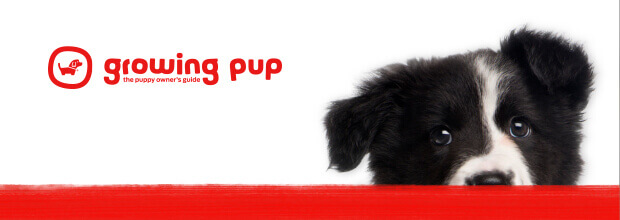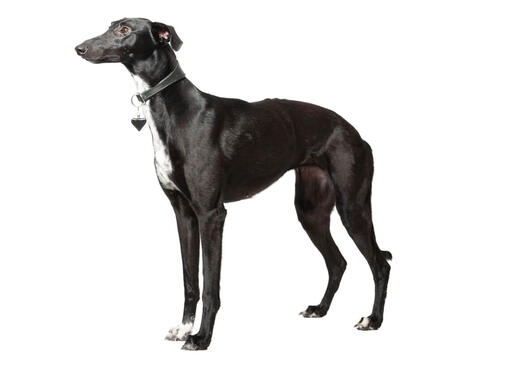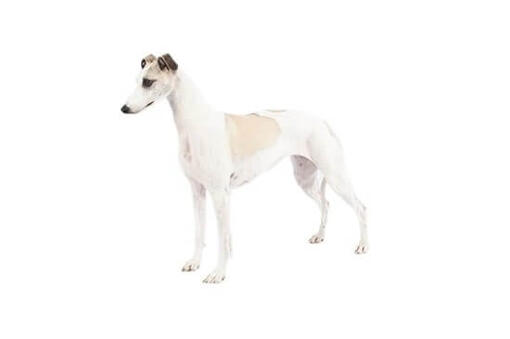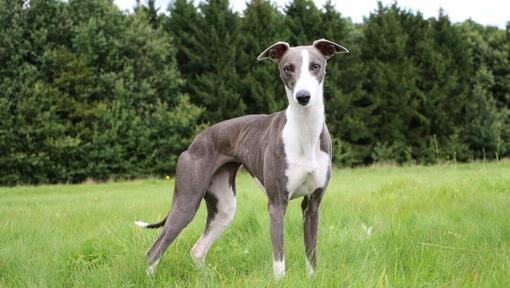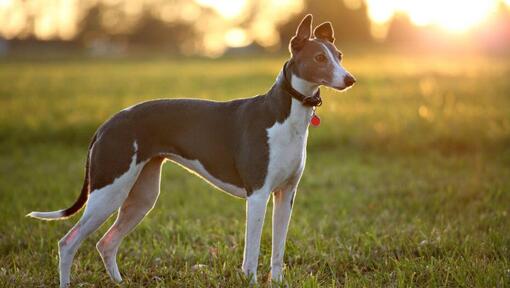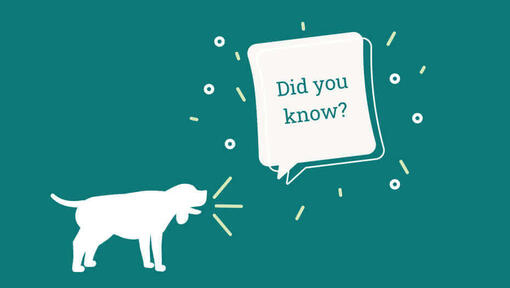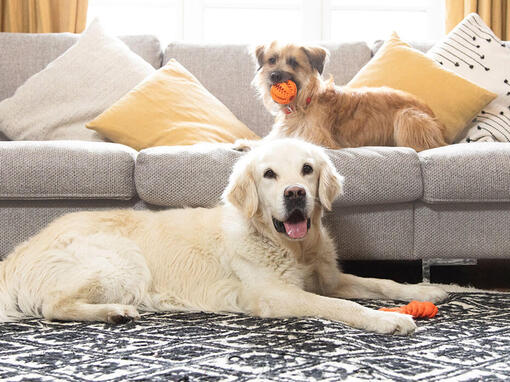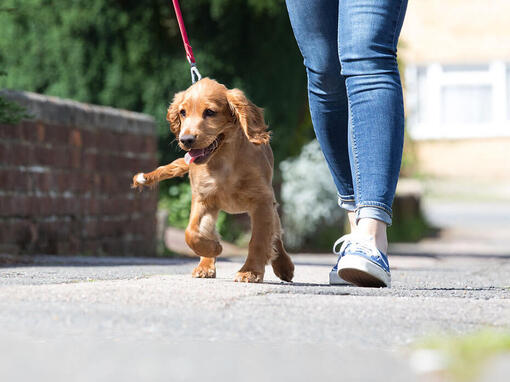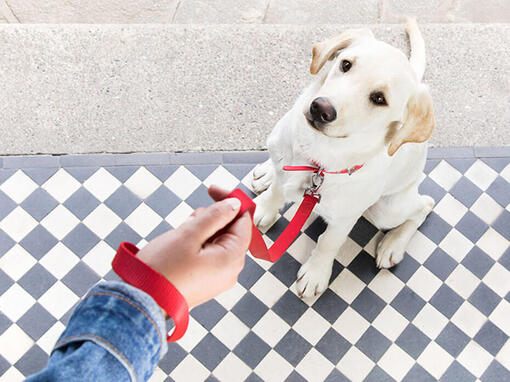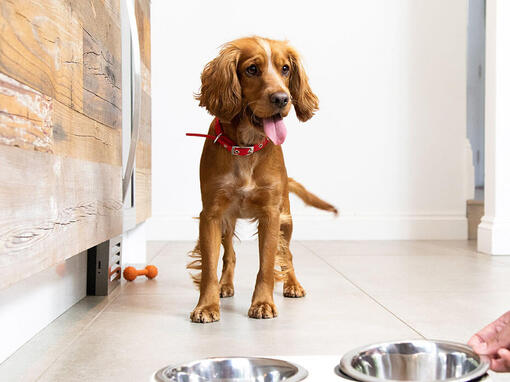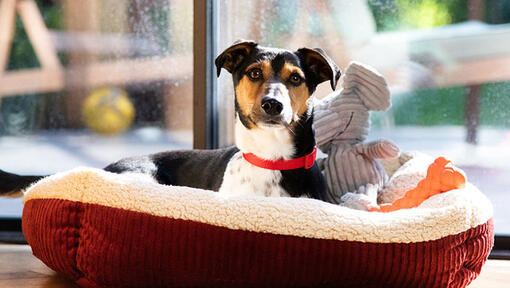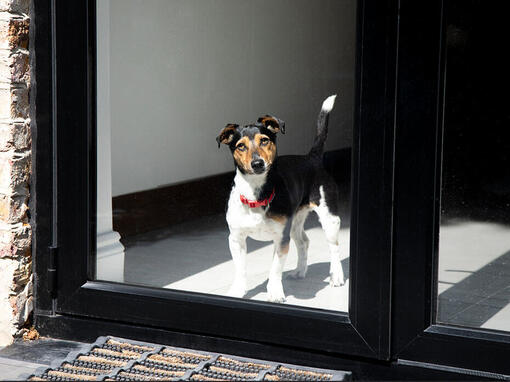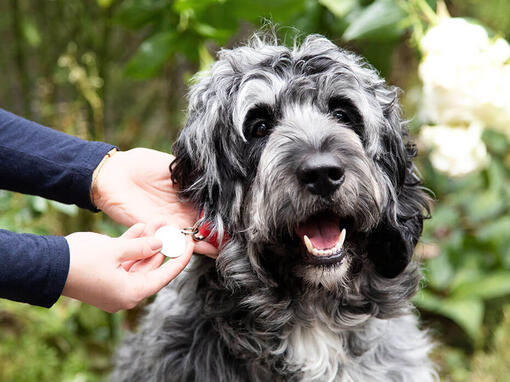An elegant sighthound capable of speeds up to 56 kph, the Whippet developed in England, where he was used for racing and rabbit hunting. Amiable, friendly and gentle, Whippets make excellent indoor companions. Despite their intensity during sporting pursuits, they are quiet and dignified at home. These natural athletes do best with regular exercise.
DID YOU KNOW? A Whippet called Ashley Whippet was the first flying disc dog. In 1974, the dog and his 19-year-old owner, Alex Stein, dashed onto the Dodger Stadium baseball field and began performing flying disc tosses for fans and a television audience, inciting a national flying disc craze.
ALSO KNOWN AS: English Whippet, Snap dog


